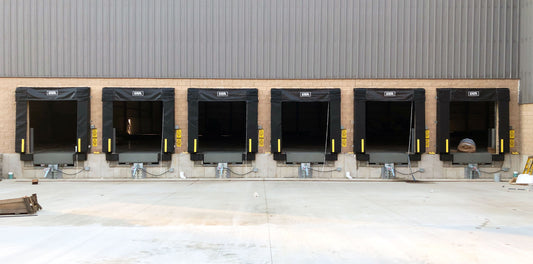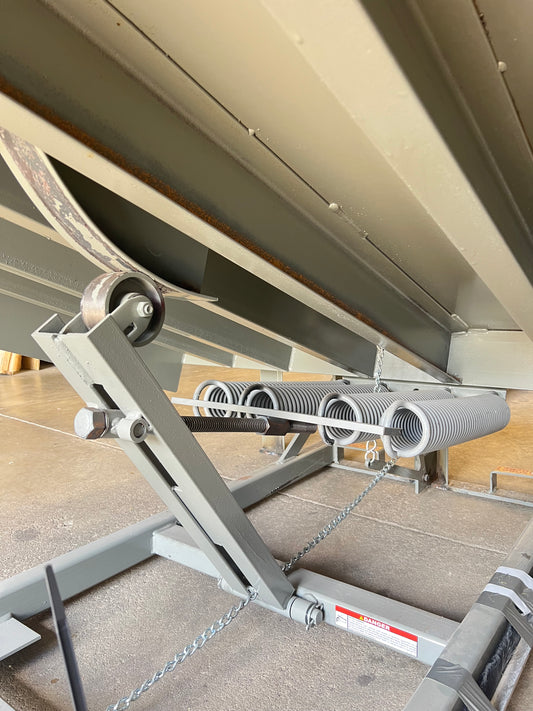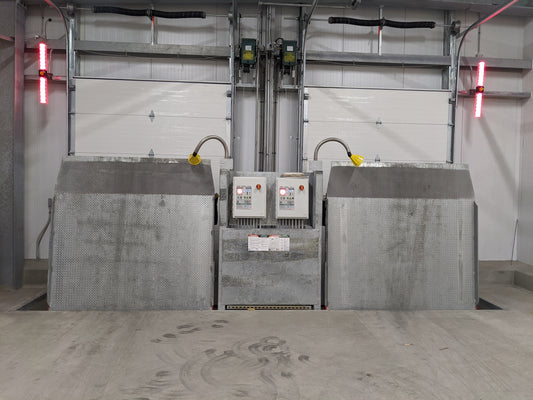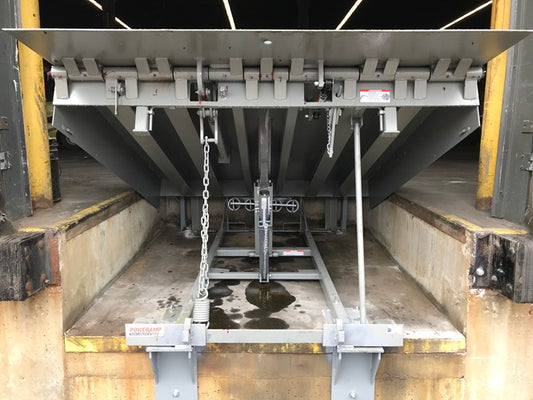Loading Dock Articles
This knowledgebase is an essential resource for warehouse managers and industrial professionals seeking to optimize their operations. It offers expert advice regarding maintenance and upgrading loading dock equipment, including dock levelers, trailer restraints, and industrial doors, while emphasizing safety and efficient material handling. These articles provide actionable strategies for enhancing warehouse safety, reducing downtime, and boosting overall productivity in busy industrial settings.
Loading Dock Articles

7 Keys for Loading Dock Safety (Updated)
Loading dock safety is not just about avoiding accidents—it’s essential for maintaining a smooth, efficient, and legally compliant operation. Implementing strong safety measures protects people, equipment, and business assets while...
7 Keys for Loading Dock Safety (Updated)
Loading dock safety is not just about avoiding accidents—it’s essential for maintaining a smooth, efficient, and legally compliant operation. Implementing strong safet...

What is a dock leveler pit?
A dock leveler pit is formed into a building wall and floor to house a dock leveler. They have 3 enclosed sides and a floor that surrounds the dock leveler...
What is a dock leveler pit?
A dock leveler pit is formed into a building wall and floor to house a dock leveler. They have 3 enclosed sides and a floor that surrounds the dock leveler when instal...

Why You Should Stock Replacement Parts
Replacement parts for dock equipment can be expensive. Their expense goes up the more you need them.
Why You Should Stock Replacement Parts
Replacement parts for dock equipment can be expensive. Their expense goes up the more you need them.

The Different Types of Dock Levelers
A dock leveler is equipment used in material handling operations to allow cargo movement between a transport vehicle and the inside of a building. There are 4 varieties of dock...
The Different Types of Dock Levelers
A dock leveler is equipment used in material handling operations to allow cargo movement between a transport vehicle and the inside of a building. There are 4 varietie...

Why Dock Leveler Preventive Maintenance is Impo...
Performing preventive maintenance on a dock leveler is important to the longevity and use of the equipment.
Why Dock Leveler Preventive Maintenance is Impo...
Performing preventive maintenance on a dock leveler is important to the longevity and use of the equipment.

Tracking Loading Dock Activity with myQ
There have been many advancements in technology around the world and in recent times, these advancements have arrived in the warehousing, and specifically, loading dock industry.
Tracking Loading Dock Activity with myQ
There have been many advancements in technology around the world and in recent times, these advancements have arrived in the warehousing, and specifically, loading doc...
